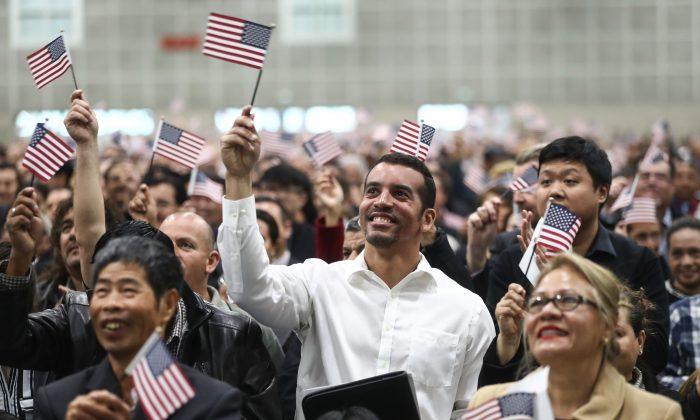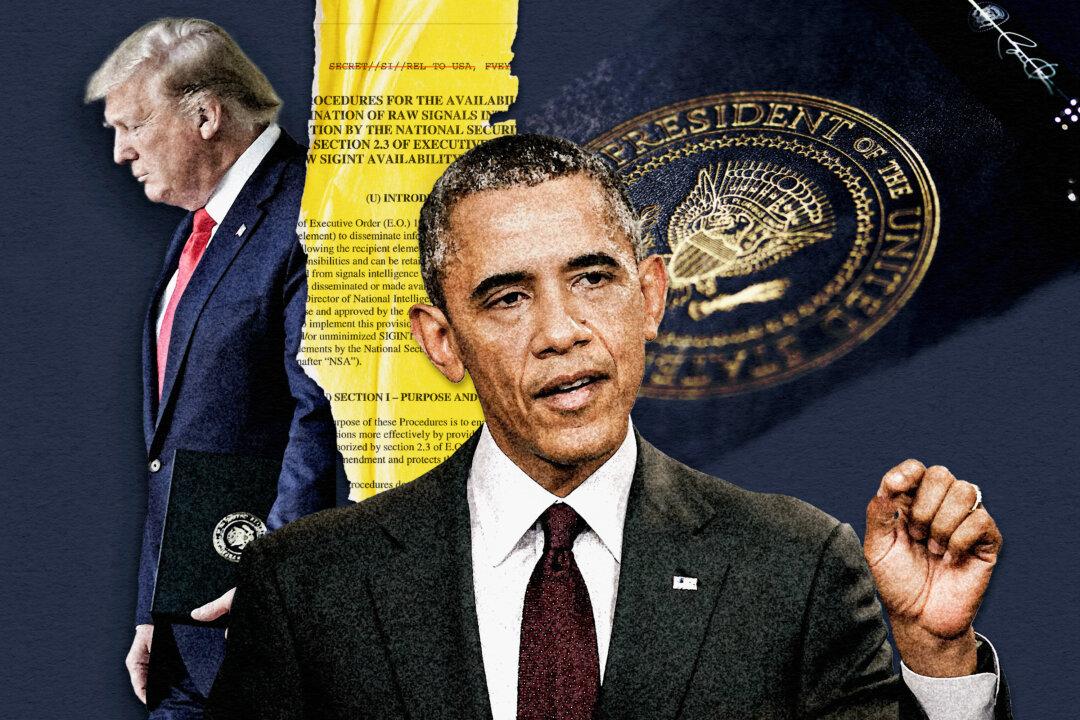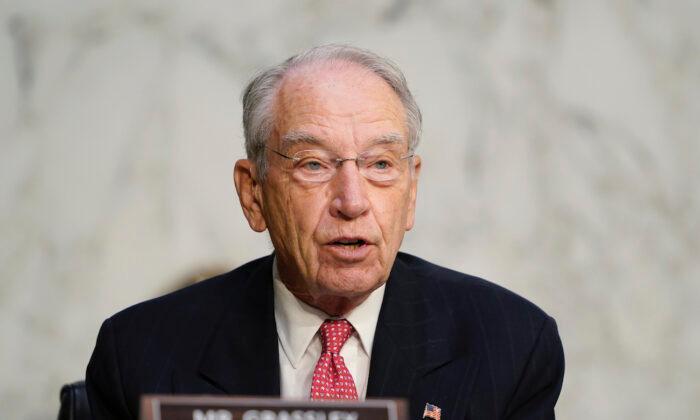Following two separate instances of heinous mass shootings, CNN’s Jake Tapper spent the morning on Aug. 4 asking various presidential candidates about white nationalism.
Specifically, Tapper asked both Robert “Beto” O’Rourke and Sen. Bernie Sanders (I-Vt.) if they believe that President Donald Trump is a white nationalist. Unsurprisingly, both candidates answered in the affirmative.
The intent behind Tapper’s questions to O’Rourke and Sanders seems clear—an attempt to conflate the term “nationalist” with “supremacist”—assisted by the inclusion of race into his phrasing. On its face, Tapper’s question, inference, and timing were disturbing, in light of the immediacy of the shootings.
There are actually many defined types of nationalism–civic, cultural, ethnic, liberal, pan, romantic, and state, among others. So, what exactly is white nationalism?
But despite the efforts of the mainstream media, white nationalism isn’t synonymous with the more general use of the term nationalism—also often known as civic nationalism. Nor does it in any way mean that nationalism is automatically racist—although the Left would have you believe this is so.
Civic nationalism occurs when one maintains a national identity based on shared values, which, in the United States, can be defined as life, liberty, and the pursuit of happiness—or more directly, adherence to and acceptance of our Constitution.
Civic nationalism encompasses loyalty and devotion to a nation along with the shared communal identification with fellow citizens. It requires maintaining self-governance and full sovereignty free from unwanted outside interference. It requires self-determination.
Ultimately, the beauty of civic nationalism is it’s very inclusiveness. Anyone, subject to approval, can become a citizen of a state that embraces civic nationalism. Their culture, ethnicity, and language aren’t hindrances to citizenship. Race is simply not a factor.
Civic nationalism is often confused with cultural nationalism, but there are important differences. Civic nationalism requires only shared values, whereas cultural nationalism requires a shared culture. Civic nationalism may sometimes encompass other aspects that characterize cultural nationalism—such as a common language—but this isn’t a direct requirement.
Worth noting is that there are also technical differences between nations and states. A nation can be an ethnic or cultural community–an American Indian tribe represents a nation. A state is a political entity with a high degree of sovereignty–such as the United States.
States are often nations but nations aren’t always sovereign states.
Globalism, in stark contrast to civic nationalism, promotes globally centralized control of laws, foreign policy, and monetary policy. Central to globalism is the concept of the “global rule of law,” under which nation-states cede judicial authority to supranational courts. And through the ownership of law, globalism gains ownership of nations.
It’s the very concept of national identity–and national law–that stands firmly in the way of globalism. In order to maintain national identity, one must first maintain self-governance and full sovereignty. Ultimately, preservation of national or sovereign law is the key to preventing globalism.
That is exactly what civic nationalism is all about—it’s the desire of a nation to be self-determinate. It might sometimes be called patriotism or more accurately, constitutional patriotism. It is a far cry from white nationalism.
And it is the very nature of our Constitution that ensures societal protection from the extremes of any ideology. We as individual citizens of the United States have only negative rights placed on us by our Constitution. This must be so in order to protect our individual rights.
Notably, a “right” always conveys an action or a non-action onto another. Hence, the two types of rights–negative and positive.
A negative right (also known as a negative obligation) is the requirement of abstention from any activity which violates another individual’s rights. A negative right is the requirement of a non-action. For example, you are forbidden from acting in a manner that takes away another person’s life.
Positive rights are the polar opposite. A positive right (also known as a positive obligation) is the requirement to engage in an activity to secure another individual’s rights. Positive rights require an action from us on behalf of another individual. For example, you must contribute some of your labor (taxes) to pay for someone else’s right (health care).
Our Constitution is intrinsically built on the notion of negative rights. And negative rights stem from the only fundamental right—the right to life. All other rights spring from this most basic of rights.
Under our Constitution, every individual has the right to engage in activities to preserve and enhance his life–as long as that individual refrains from engaging in activity that prevents others from doing the same.
In other words: Life, Liberty, and the Pursuit of Happiness.
When every citizen is granted these same rights, then none are allowed to engage in any behavior that impairs the Life, Liberty, and the Pursuit of Happiness of another.
Civic nationalism.






